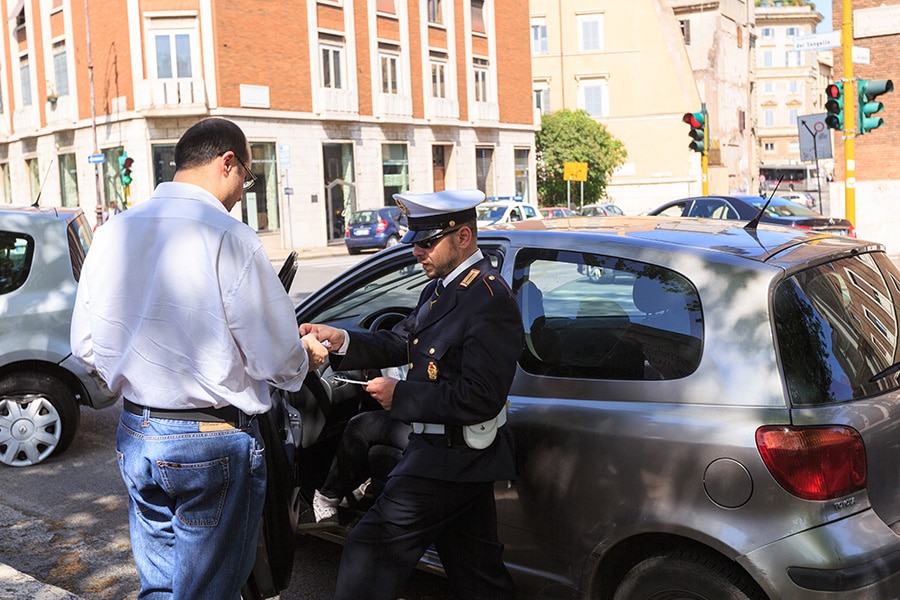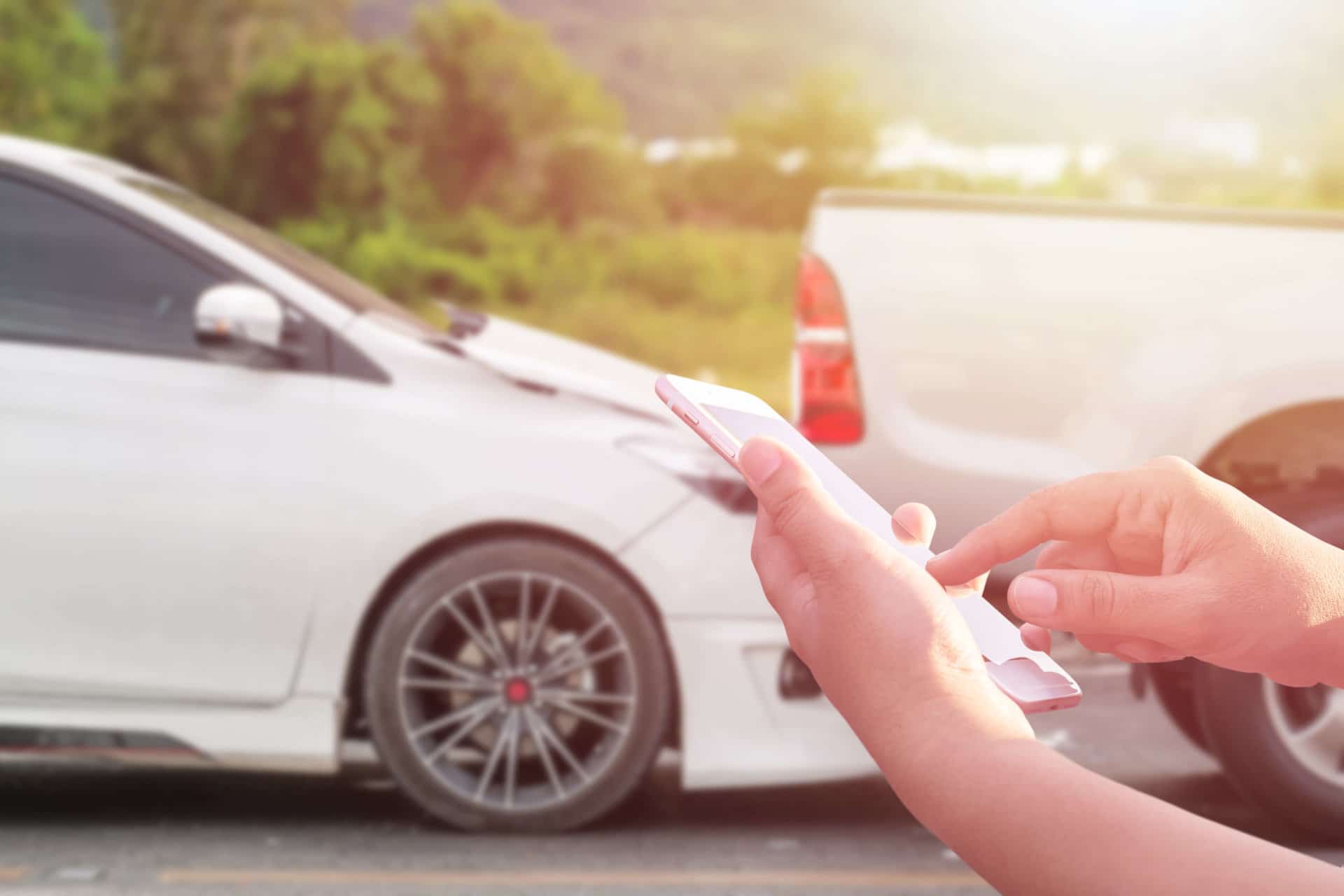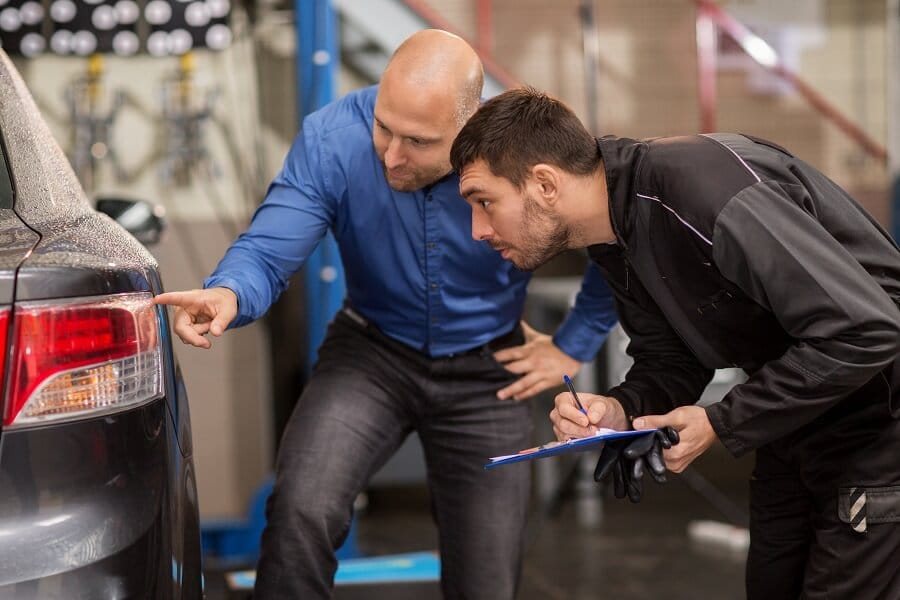
Most states by law will require that you report a car accident immediately. Majority of the states claim that If you don’t do so, you will only have 10 days after an accident to file a report. However, it is only a legal requirement to report a certain type of accident. Filing a police report after an accident depends on which state you are in, so it’s important to read up on the state laws that the accident has occurred. Luckily, we have information regarding filing a police report after a car accident that applies to the majority of the states.
When do I need to report a car accident to the police?
If you accidentally bump into a parked car and barely made a scratch, then you won’t have to report anything. A simple exchange of both parties contact and insurance information is enough to deal with the problem. However, a $500 in property damage, death, injury, pain, vehicle that needs towing, commercial vehicle, and a drunk driver will require a police report. You can report to the local police department, county sheriff, or highway patrol. It all depends on where that accident has happened.
How do I report a car accident?
If the police have visited, documented, and completed the report on the accident, then you won’t need to file one. If there is no police around and the damages are worth more than $500, then you must file a police report that has jurisdiction over the area in which the car accident has occurred. You can file a report online or print out the form and bring it to the police office.
What information do I need to file a police report?
To report the accident to the police, this is what you need:
When and where did the accident happened, description of the vehicles that were involved, contact information of all the parties that were involved, contact information of any witnesses, and insurance information from both parties.
Why should I file a police report?
If you do not file a police report, then you have committed a non-criminal traffic violation. That means you will have to appear in front of an official and will need to enroll in 120 hours of community service. It’s best to file a police report even if you don’t think you have to. This is mainly to have a record down on the file. Even if you don’t think anyone has suffered an injury, it’s best to file a report. After all, an injury can take up to a couple of days to manifest itself. When you file a police report, it can help connect your injuries to the accident. Without a police report, it is impossible to prove that your injuries have anything to do with the accident. Keep in mind that if you decided to file a claim, you have within four years to do so. Plus, it is impossible to receive compensation from your insurance policy without a police report. This can leave you paying thousands of dollars out-of-pocket.
What if I do not own the vehicle?
If you don’t own the vehicle that is involved in the accident, then the owner can file the report for you. Make sure you write down everything that had happened to ensure that the owner has everything that he or she will need to file the report.
Is the report confidential?
The police report is confidential, but they are accessible to anyone who is involved in the accident.
Do I need a lawyer?
You generally don’t need a lawyer, however, if you decide to file a claim against the at-fault driver, then a lawyer will be a big asset.
Conclusion
If you get into a car accident, the first thing to do is to stay calm. Then assess the situation. If the damage is over $500, or that there is a death or injuries involved, then definitely file a police report. A police report is required by law and very useful to obtain compensation from the insurance company. Plus, if there are injuries related to the accident, a police report will ensure that the injury and the accident are connected. Even if you have any doubt, it’s best to file one anyway. However, if the car accident is very minimal such as a slight nudge on the car that is practically unnoticeable and that no one was hurt or injured, then you could just exchange contact and insurance information and settle it that way. Overall, every state is different when it comes to filing a police report after a car accident and you can get advice from you insurance carrier with how to handle the accident as well. It’s important to do valuable research about the state that your accident happened.




